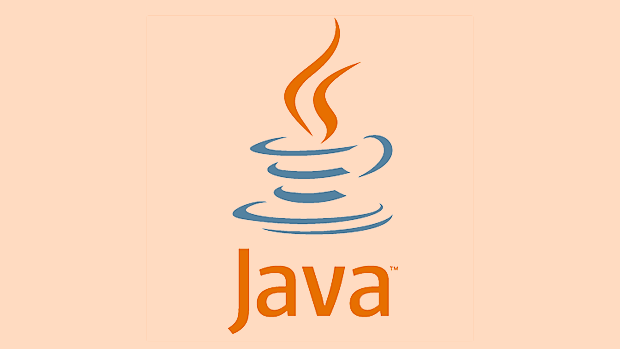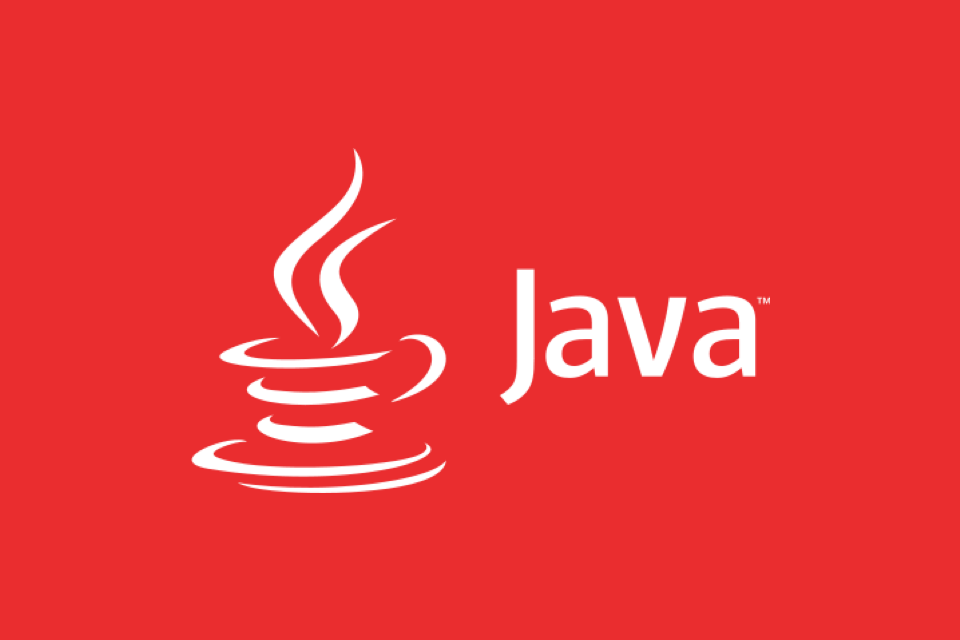Method reference is a way to simplify the writing of Lambda expressions in Java, making the code more concise. It is not a new syntax, but a shortcut to Lambda expressions introduced by Java 8, suitable for the context of functional interfaces. The core is to use existing methods directly as implementations of functional interfaces. For example, System.out::println is equivalent to s -> System.out.println(s). There are four main forms of method reference: 1. Static method reference (ClassName::staticMethodName); 2. Instance method reference (binding to a specific object, instance::methodName); 3. Instance method reference (unbound, ClassName::methodName); 4. Construct method reference (ClassName::new). When using it, you should note that the signature of the referenced method must be compatible with the functional interface; overloading methods may cause ambiguity and need to be explicitly specified or used instead with Lambda; it is most suitable for application when existing methods are available, method names clearly express intent, and are used with the Stream API, thereby improving code readability.

To put it bluntly, the method reference in Java is a way to make the code more concise. It is closely related to Lambda expressions and is essentially a shorter Lambda expression writing suitable for use in the context of functional interfaces.

What is a method reference?
Method reference is not a new syntax structure, but a shortcut writing method after Java 8 introduced Lambda expressions. When you want to use an existing method as a Lambda expression, you can use method references to simplify the writing.
for example:

List<String> list = Arrays.asList("a", "b", "c");
list.forEach(System.out::println); System.out::println here is a method reference, which is equivalent to:
list.forEach(s -> System.out.println(s));
The difference is that method references are more intuitive and compact, provided that you are calling an existing method.

Several forms of method reference
Java supports several different types of method references, which are suitable for different scenarios. There are four common types:
- Static method reference :
ClassName::staticMethodName - Instance method reference (binding to a specific object) :
instance::methodName - Instance method reference (unbound, object passed through parameters) :
ClassName::methodName - Constructor method reference :
ClassName::new
For example:
// Static method reference List<Integer> numbers = Arrays.asList(1, 2, 3);
numbers.forEach(MyClass::print); // Suppose MyClass has a static void print(int x)
// Instance method reference (binding)
MyObject obj = new MyObject();
numbers.forEach(obj::printValue);
// Instance method reference (not bound)
List<String> strings = Arrays.asList("hello", "world");
strings.forEach(String::toUpperCase); // String::toUpperCase is equivalent to s -> s.toUpperCase()
// Constructor reference Supplier<List<String>> listMaker = ArrayList::new;These writing styles are more refreshing than writing a complete Lambda, the key is to understand their respective application.
What should you pay attention to when using method references?
Although method references seem convenient, they are not available at all times. There are a few points to pay special attention to:
- The referenced method signature must be compatible with the abstract methods of the functional interface.
- The number and type of parameters must match, and the return value must also be able to correspond.
- If the method is overloaded, the compiler may not be able to determine which one you want to use. At this time, you need to explicitly specify or change to the Lambda writing method.
For example, the following situation is prone to problems:
Function<String, Integer> f1 = Integer::parseInt; // Correct, String -> int Function<String, Integer> f2 = Integer::valueOf; // It is also correct, valueOf(String) exists
But if there are other overloaded versions of Integer.valueOf , the compiler will try to infer based on the context, but sometimes it may not be possible.
In which case is more suitable for method reference?
The most recommended references to how to use it in the following scenarios:
- You already have ready-made methods to complete tasks without additional writing logic.
- The method name itself clearly expresses the behavioral intention, such as
String::isEmptyorPerson::getName. - When used with the Stream API, it makes the code more concise and easy to read.
Like this:
List<String> filtered = list.stream()
.filter(String::isEmpty)
.toList(); It is more concise and clearer than writing it s -> s.isEmpty() .
Overall, method references are not necessary, but using them where appropriate can really make the code cleaner and more readable. Basically that's it.
The above is the detailed content of Java method references explained. For more information, please follow other related articles on the PHP Chinese website!

Hot AI Tools

Undress AI Tool
Undress images for free

Undresser.AI Undress
AI-powered app for creating realistic nude photos

AI Clothes Remover
Online AI tool for removing clothes from photos.

Clothoff.io
AI clothes remover

Video Face Swap
Swap faces in any video effortlessly with our completely free AI face swap tool!

Hot Article

Hot Tools

Notepad++7.3.1
Easy-to-use and free code editor

SublimeText3 Chinese version
Chinese version, very easy to use

Zend Studio 13.0.1
Powerful PHP integrated development environment

Dreamweaver CS6
Visual web development tools

SublimeText3 Mac version
God-level code editing software (SublimeText3)

Hot Topics
 How Java ClassLoaders Work Internally
Jul 06, 2025 am 02:53 AM
How Java ClassLoaders Work Internally
Jul 06, 2025 am 02:53 AM
Java's class loading mechanism is implemented through ClassLoader, and its core workflow is divided into three stages: loading, linking and initialization. During the loading phase, ClassLoader dynamically reads the bytecode of the class and creates Class objects; links include verifying the correctness of the class, allocating memory to static variables, and parsing symbol references; initialization performs static code blocks and static variable assignments. Class loading adopts the parent delegation model, and prioritizes the parent class loader to find classes, and try Bootstrap, Extension, and ApplicationClassLoader in turn to ensure that the core class library is safe and avoids duplicate loading. Developers can customize ClassLoader, such as URLClassL
 Asynchronous Programming Techniques in Modern Java
Jul 07, 2025 am 02:24 AM
Asynchronous Programming Techniques in Modern Java
Jul 07, 2025 am 02:24 AM
Java supports asynchronous programming including the use of CompletableFuture, responsive streams (such as ProjectReactor), and virtual threads in Java19. 1.CompletableFuture improves code readability and maintenance through chain calls, and supports task orchestration and exception handling; 2. ProjectReactor provides Mono and Flux types to implement responsive programming, with backpressure mechanism and rich operators; 3. Virtual threads reduce concurrency costs, are suitable for I/O-intensive tasks, and are lighter and easier to expand than traditional platform threads. Each method has applicable scenarios, and appropriate tools should be selected according to your needs and mixed models should be avoided to maintain simplicity
 Understanding Java NIO and Its Advantages
Jul 08, 2025 am 02:55 AM
Understanding Java NIO and Its Advantages
Jul 08, 2025 am 02:55 AM
JavaNIO is a new IOAPI introduced by Java 1.4. 1) is aimed at buffers and channels, 2) contains Buffer, Channel and Selector core components, 3) supports non-blocking mode, and 4) handles concurrent connections more efficiently than traditional IO. Its advantages are reflected in: 1) Non-blocking IO reduces thread overhead, 2) Buffer improves data transmission efficiency, 3) Selector realizes multiplexing, and 4) Memory mapping speeds up file reading and writing. Note when using: 1) The flip/clear operation of the Buffer is easy to be confused, 2) Incomplete data needs to be processed manually without blocking, 3) Selector registration must be canceled in time, 4) NIO is not suitable for all scenarios.
 Best Practices for Using Enums in Java
Jul 07, 2025 am 02:35 AM
Best Practices for Using Enums in Java
Jul 07, 2025 am 02:35 AM
In Java, enums are suitable for representing fixed constant sets. Best practices include: 1. Use enum to represent fixed state or options to improve type safety and readability; 2. Add properties and methods to enums to enhance flexibility, such as defining fields, constructors, helper methods, etc.; 3. Use EnumMap and EnumSet to improve performance and type safety because they are more efficient based on arrays; 4. Avoid abuse of enums, such as dynamic values, frequent changes or complex logic scenarios, which should be replaced by other methods. Correct use of enum can improve code quality and reduce errors, but you need to pay attention to its applicable boundaries.
 What is an anonymous inner class?
Jul 07, 2025 am 02:18 AM
What is an anonymous inner class?
Jul 07, 2025 am 02:18 AM
Anonymous internal classes are used in Java to create subclasses or implement interfaces on the fly, and are often used to override methods to achieve specific purposes, such as event handling in GUI applications. Its syntax form is a new interface or class that directly defines the class body, and requires that the accessed local variables must be final or equivalent immutable. Although they are convenient, they should not be overused. Especially when the logic is complex, they can be replaced by Java8's Lambda expressions.
 How to handle exceptions properly in Java?
Jul 06, 2025 am 02:43 AM
How to handle exceptions properly in Java?
Jul 06, 2025 am 02:43 AM
The key to handling exceptions in Java is to catch them, handle them clearly, and not cover up problems. First, we must catch specific exception types as needed, avoid general catches, and prioritize checkedexceptions. Runtime exceptions should be judged in advance; second, we must use the log framework to record exceptions, and retry, rollback or throw based on the type; third, we must use the finally block to release resources, and recommend try-with-resources; fourth, we must reasonably define custom exceptions, inherit RuntimeException or Exception, and carry context information for easy debugging.
 What is a Singleton design pattern in Java?
Jul 09, 2025 am 01:32 AM
What is a Singleton design pattern in Java?
Jul 09, 2025 am 01:32 AM
Singleton design pattern in Java ensures that a class has only one instance and provides a global access point through private constructors and static methods, which is suitable for controlling access to shared resources. Implementation methods include: 1. Lazy loading, that is, the instance is created only when the first request is requested, which is suitable for situations where resource consumption is high and not necessarily required; 2. Thread-safe processing, ensuring that only one instance is created in a multi-threaded environment through synchronization methods or double check locking, and reducing performance impact; 3. Hungry loading, which directly initializes the instance during class loading, is suitable for lightweight objects or scenarios that can be initialized in advance; 4. Enumeration implementation, using Java enumeration to naturally support serialization, thread safety and prevent reflective attacks, is a recommended concise and reliable method. Different implementation methods can be selected according to specific needs
 Java String vs StringBuilder vs StringBuffer
Jul 09, 2025 am 01:02 AM
Java String vs StringBuilder vs StringBuffer
Jul 09, 2025 am 01:02 AM
String is immutable, StringBuilder is mutable and non-thread-safe, StringBuffer is mutable and thread-safe. 1. Once the content of String is created cannot be modified, it is suitable for a small amount of splicing; 2. StringBuilder is suitable for frequent splicing of single threads, and has high performance; 3. StringBuffer is suitable for multi-threaded shared scenarios, but has a slightly lower performance; 4. Reasonably set the initial capacity and avoid using String splicing in loops can improve performance.






